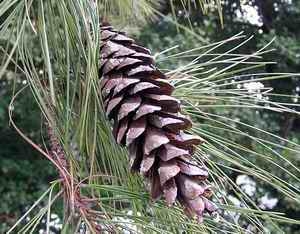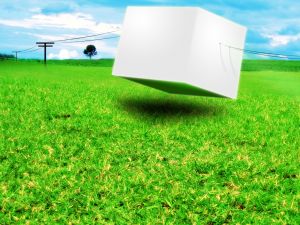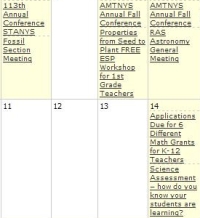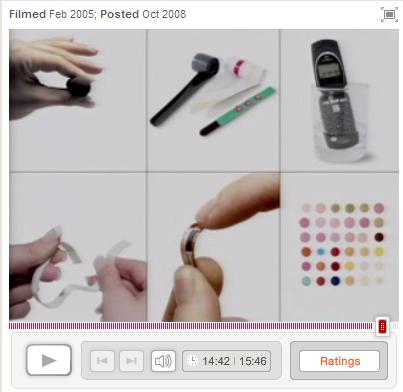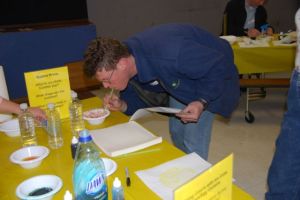
Testing soapy mixtures and making bubble prints
The Demonstrate! Science committee is calling for Volunteer Scientists to contribute to this rewarding program. As a workshop leader, you will have just under one hour (55 minutes) to work with a group of parents from different areas of Rochester. Some have a strong background in science and enjoy seeing it through the eyes of a preschooler, and others are a little more hesitant to ‘jump in’. In the past, those who began more hesitant ended up being excited and convinced! Volunteers may work individually, or with their colleagues to develop and present their workshop.
The Rochester Parent Preschool Program (RPPP) works with over 450 local preschool children to jump-start their excitement of learning. The program increases early exposure to educational materials for children in the Rochester City School District. Historically, RPPP ‘graduates’ score about 20 points higher on their state tests in 2nd, 3rd, and 4th grades.
A new program, Demonstrate! Science, is actually geared towards parents. It is intended to demystify science for parents and teach them how to enjoy every-day science experiences with their children. The workshops present ‘hands-on’ science activities preschool students can do, and explains why science makes them so cool!
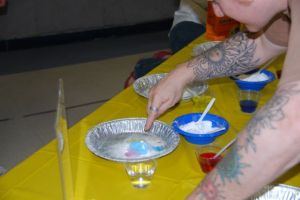
There is a lot of science behind vinegar and baking soda!
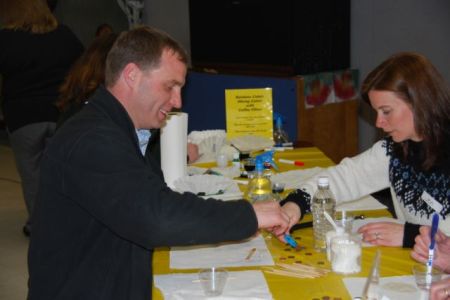
Using household products to shine pennies.
Generally, a brief introduction (~10 min.) is followed by hands on activities (~40 min) and a short wrap-up (~5 min.). Presenters are encouraged to circulate the room and explain scientific phenomena during activities so parents can ask questions, extend learning, and see first-hand how science can be explained to their preschool children. Parents will each go home with a kit full of materials so they can recreate the experiences at home, with their children.
The schedule below outlines future workshops. Please email the Project Supervisor if you are interested in volunteering to lead a workshop or learning more about this exciting program.
|
Workshop
|
Zone 1
|
Zone 2
|
Zone 3
|
| Physical Science |
January 17, 2009 |
February 21, 2009 |
March 21, 2009 |
| Living Environment |
April 18, 2009 |
May 9, 2009 |
May 23, 2009 |
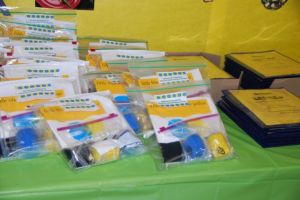
Parents take home an activity bag so they can recreate science experiences at home.
We hope to hear more about your experiences with this program. If you volunteer, please let us know how your workshops went, and share your topics with us so YOU can be the spotlight of a future blog!
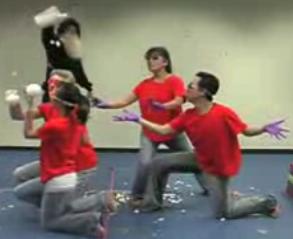



 Posted by jaschiram
Posted by jaschiram 
